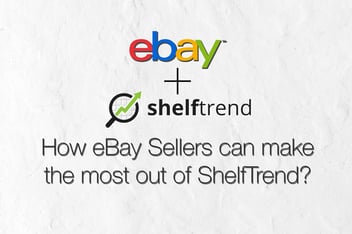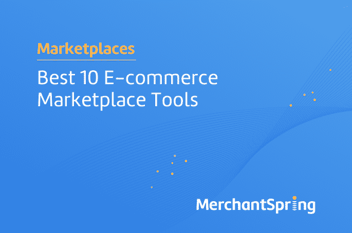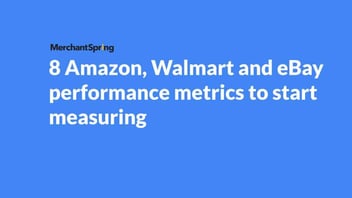4 Tips For Lowering The Cost Of Data Enrichment
As I talk to many clients we often get to the stumbling block of optimisation cost for content that is already in existence on marketplaces. The reality is once product content is live, to go back and touch this content can be expensive and is often cost prohibited. In some instances, clients are not willing to invest and will, therefore, miss potential sales opportunities.
There is a much better way to do this, optimisation and data enrichment can be tailored for each marketplace and eCommerce channels at the very beginning.
I love the old saying - “start with the end in mind”.
Here are my 4 tips for lowering the cost of data enrichment;
- Understand what each marketplace requires and what good looks like.
Make a list of each attribute required to optimise for each marketplace. For example, in footwear it could be colour, material, size, heel height etc. And keep in mind, what one marketplace might call a colour might not be the same for another marketplace. Believe it or not, not all marketplaces are created equal - that would be too easy! So make sure you not only look at what the field name is but what the list of values the marketplace expects you to include in your attribute field.
- Make the most of your PIM or CMS
Most of the customers I talk to have invested significantly in their PIM but are using only a small part of the functionality They are deploying it and it’s pushing things out to marketplaces but essentially it is only passing basic information. Build up your PIM, set up the data architecture in the right way and ensure the right data is synchronised to the right channels.
- Invest in the time and resources to produce data manually.
For selected elements and data attributes it pays to invest the time and resources to write content manually. These include Amazon Titles, Amazon Feature Bullets, eBay Titles, etc.. Concatenation rules to produce eBay titles automatically hardly ever drive listing impressions and sales. Invest time to research keywords and write selected items manually.
- Produce everything in a single flow.
Start with photography, shoot the images to the highest standard required for the fashion industry, that is The Iconic. They have a VERY strict set of rules and guidelines all brands must adhere to before being allowed to be visible on their platform. Shoot your product to the highest standard and work backwards as you produce content for other marketplaces. I recommend etching and applying white backgrounds, writing the base copy, descriptions, internal titles and then customise everything around it. I call this, decorating the cake. Bake the cake, make sure its solid and then applying different toppings to make sure your product content is optimised and ready to drive sales on each marketplace.
ABOUT MERCHANTSPRING
MerchantSpring helps sellers turn marketplaces into viable sales channels through product content optimisation, store management and the use of Marketplace Manager, our cloud-based marketplace management tool. We support clients across all categories for more than 12 different marketplaces globally, including eBay, Amazon, TheIconic, Catch, Myer Market, TradeMe, TheMarket, Lazada, and Zalora. Get in touch with our team to discuss how we can assist you.
ABOUT MARKETPLACE MANAGER
Marketplace Manager is a secure cloud-based platform that helps marketplace sellers grow their sales across multiple marketplaces. It provides multi-marketplace sales dashboards, performance insights, seller health management, and tangible sales and marketing recommendations. Sign up for free today to start the journey of improving your marketplaces sales.










Add a Comment